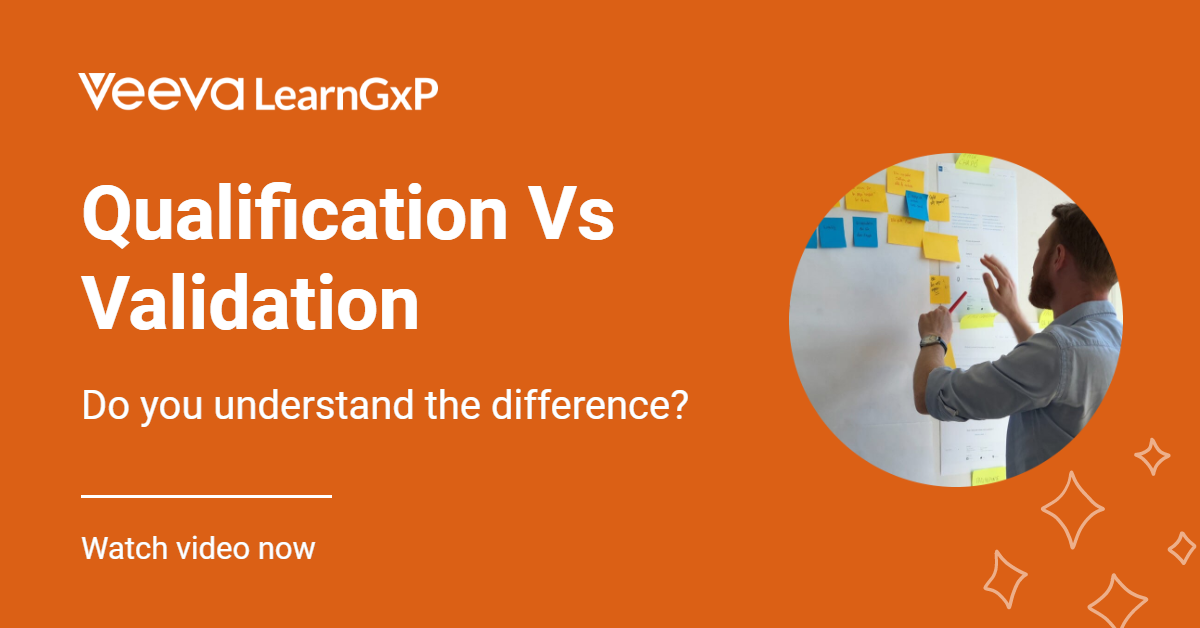A plan for HOW you will validate the product is critical. Without a solid plan, the project may find itself needing activities that require significant lead time.
For example, if you don’t realize you’ll need clinical trials before clearance to market, you could end up months or years behind your anticipated launch date – and that’s just if the trials go well!
Knowing what needs to be accomplished before submission for clearance to market is key to knowing when you can target the product for market.
The following sections describe the plan.
Typically the entire Verification and Validation effort it outlined.
For this section, we’ll focus on the validation effort only.
There are no regulatory requirements for the contents of a Product Validation Plan.
The items listed here are based on practical experience.
Activities
The activities that will be done for validation need to be defined. Activities generally always include submission to a test lab for at least an assessment of basic safety (reference IEC 60601). Coordination with a test lab is critical to timely completion. With the latest updates to the standard (3rd edition of IEC 60601), a substantial amount of risk assessment must be provided to the test lab. Further, activities will also include clinical trials – a costly and timely effort.
This requires approval from an Investigative Review Board (IRB), recruitment of subjects, and subsequent review by the IRB. Additional considerations for activities include sterilization validation, biocompatibility assessment, packaging / transport validation, etc.
As clearly seen, there are numerous efforts that must be coordinated prior to any claims that the product is validated.
Responsibilities
As the old saying goes, if nobody is responsible, it won’t get done. Establishing who is responsible for each activity provides the communication for expectations.
Strategies, Tools, and Methods
Many times, the strategies, tools, and methods have a profound impact on the activities. Strategies may include a clinical trial which involves recruiting a specific user population. Some validation efforts may require specialized tools. These tools may subsequently require validation – so planning is critical to a timely conclusion.
Test Entry
Test entry / exit criteria needs to be established so it’s clear what the gating criteria is. For example, in some cases, prototype software may be used to enter test; however, to exit an activity, the software may need to be formally released.
Many companies say that products can be released (exit criteria) if there are no safety-critical issues open; i.e., if there are “cosmetic” issues with the product, the product can be released; but if any of the safety tests fail, the product cannot be released (cannot exit validation). Some test efforts may require specialized training.
Identifying Problems
Identifying how problems / issues are reported and dispositioned – everyone recognizes that no products are “perfect.” However, safety or efficacy cannot be compromised. Typically, issues arising during validation are logged in the company’s issue tracking system.
Issues are then reviewed by, typically, a board, so that all stakeholders (R&D, quality, regulatory, etc.) can weigh in on the (potential) impact of the issue.
If all agree that the issue does not compromise safety or efficacy, the board may agree that the product can be released with the issue. Establishing how issues are reported and dispositioned in the Plan ensures any issues found during validation are properly handled.
Resources Required
For example, if the strategy for usage validation is to confirm that the device is usable across the population of users, recruitment of users will be a gating factor for conducting tests.
This may include, for example, recruiting pre-teen, teenage, young adults, mature adults, and seniors. Without forethought, this could become a serious delay in the product life. This may also require some specialized training that must be provided for those resources.
Reporting
This is a concern, especially when activities are spread out across diverse groups. There should be a focal point for compiling the data and making clear, comprehensive, evidence-based conclusions from the validation efforts.





